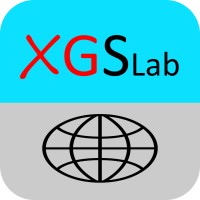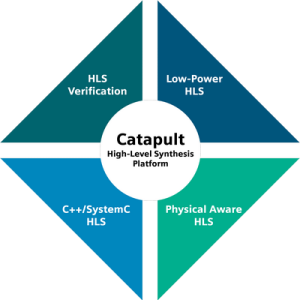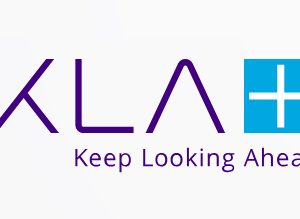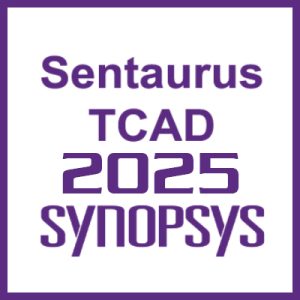XGSLAB 2025
$ 130.00
XGSLab 2025 – advanced grounding, lightning & EMC simulation software with multi-area analysis, DWG import, and powerful 3D modeling…
Description
XGSLab 2025 is the most advanced release of the world-leading software for grounding, lightning protection, electromagnetic fields (EMF), and EMC simulation. Trusted by engineers, utilities, consultants, and researchers worldwide, XGSLab provides accurate, fast, and reliable analysis tools to design safe and efficient electrical systems. The 2025 version introduces powerful new functions, performance improvements, and enhanced stability, making it the most complete solution yet for modern electrical engineering challenges.
✨ New Functions and Highlights in XGSLab 2025
-
Multi-area calculation with TSV-MF-EF – improved modeling of soil and conductor interactions across multiple areas, delivering higher accuracy in real-world scenarios.
-
Strip area management with TSV – simplifies the handling of complex grounding layouts with strip conductors and large surface areas.
-
Layer-wise conductor fragmentation – allows detailed modeling of large or multi-layer conductor systems, increasing precision in transient and steady-state analysis.
-
Sources import table – faster and more efficient project setup with automated import and management of source parameters.
-
DWG and CAD integration – import of DWG files for seamless collaboration with CAD environments.
-
Enhanced 3D visualization – improved rendering and graphical interface for clearer project layouts and analysis results.
-
Optimized scheduler and transient solver – quicker and more reliable simulations with large data sets.
🖥 System Requirements for XGSLab 2025
To run XGSLab 2025 efficiently, the following system configuration is recommended:
-
Operating System: Windows 10 / 11 (64-bit)
-
Processor: Intel Core i5 / i7 / i9 or AMD Ryzen equivalent (multi-core recommended)
-
Memory: 8 GB RAM minimum (16 GB or more recommended for large projects)
-
Storage: At least 2 GB free disk space
-
Graphics: OpenGL-compatible graphics card with support for 3D rendering
🔧 Bug Fixes and Stability Improvements
The 2025 release resolves several known issues and introduces a more stable performance environment:
-
Improved scheduler performance with complex and multi-tag projects.
-
Better handling of transient analysis and multi-element graphs.
-
Fixes for graphical inconsistencies when using large soil models.
-
Optimized performance for imported CAD and DWG files.
-
General stability updates to prevent crashes and ensure reliable long-term operation.
✅ Why Choose XGSLab 2025?
XGSLab 2025 is more than just a software update – it is a comprehensive engineering tool designed to handle today’s most demanding grounding, lightning, and EMC challenges. With its advanced algorithms, intuitive interface, and new engineering features, it helps professionals save time, reduce risks, and achieve accurate, standards-compliant results.
Whether you are working on power plants, substations, renewable energy systems, industrial facilities, or EMC compliance studies, XGSLab 2025 offers unmatched flexibility and performance.
⭐️⭐️⭐️⭐️⭐️
“As a developer and electrical engineer, I can confidently say that XGSLab 2025 software is a significant step forward in grounding, lightning protection, and EMC simulation tools. The new multi-area calculation with TSV-MF-EF and the improved 3D visualization make complex designs much easier to manage and analyze.
I especially appreciate the seamless DWG import and CAD integration, which saves hours of manual work, and the improved scheduler that handles large-scale projects without slowing down. The system requirements are reasonable, and the performance is noticeably faster compared to previous versions.
The bug fixes and stability improvements in XGSLab 2025 have made my workflow smoother and more reliable, even when working on complex soil models and transient analyses. This version feels polished, powerful, and ready for professional use in demanding projects.
Overall, XGSLab 2025 deserves five stars for its accuracy, ease of use, and the value it brings to engineers and developers working in the fields of electrical safety, grounding systems, lightning protection, and EMC compliance.”










